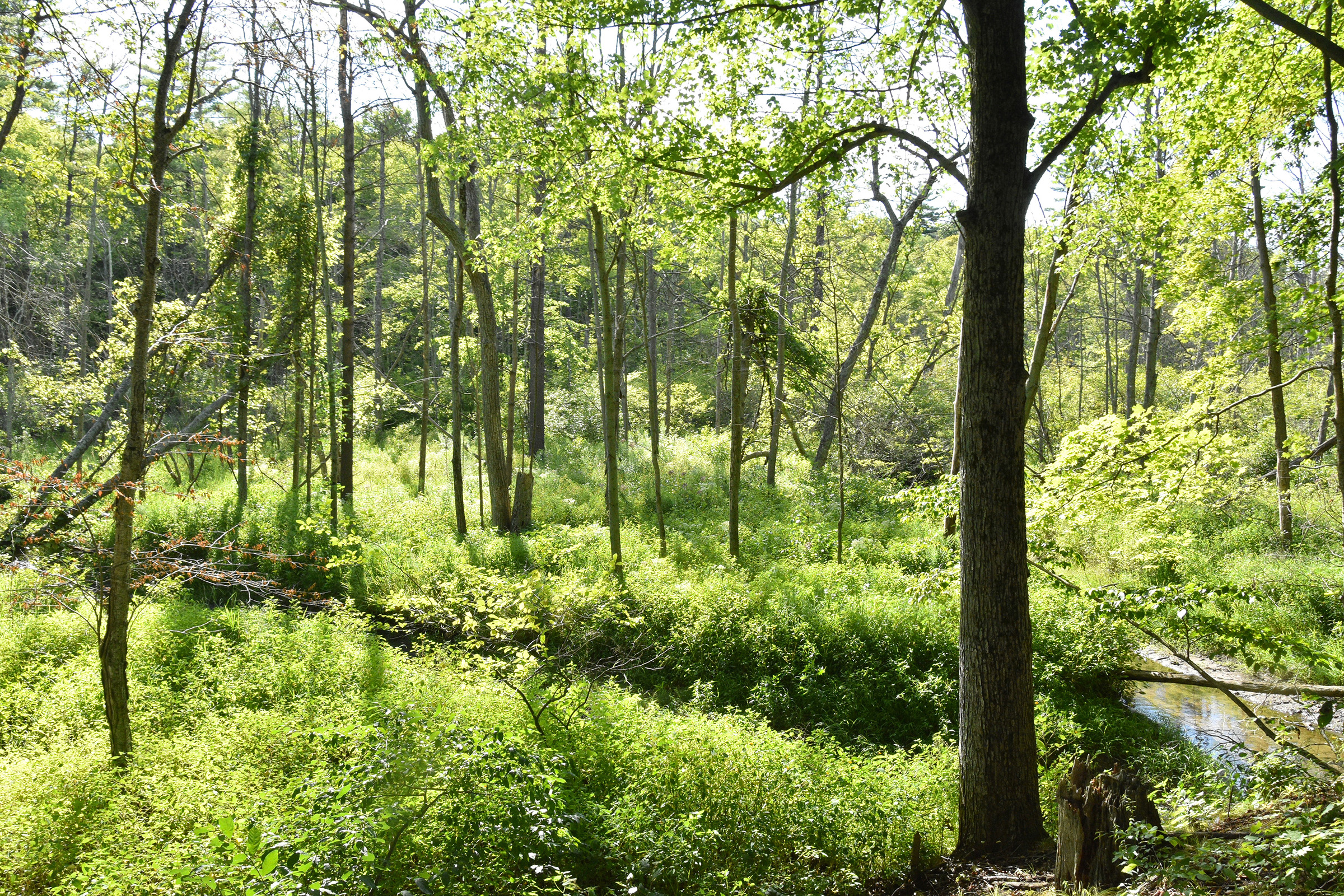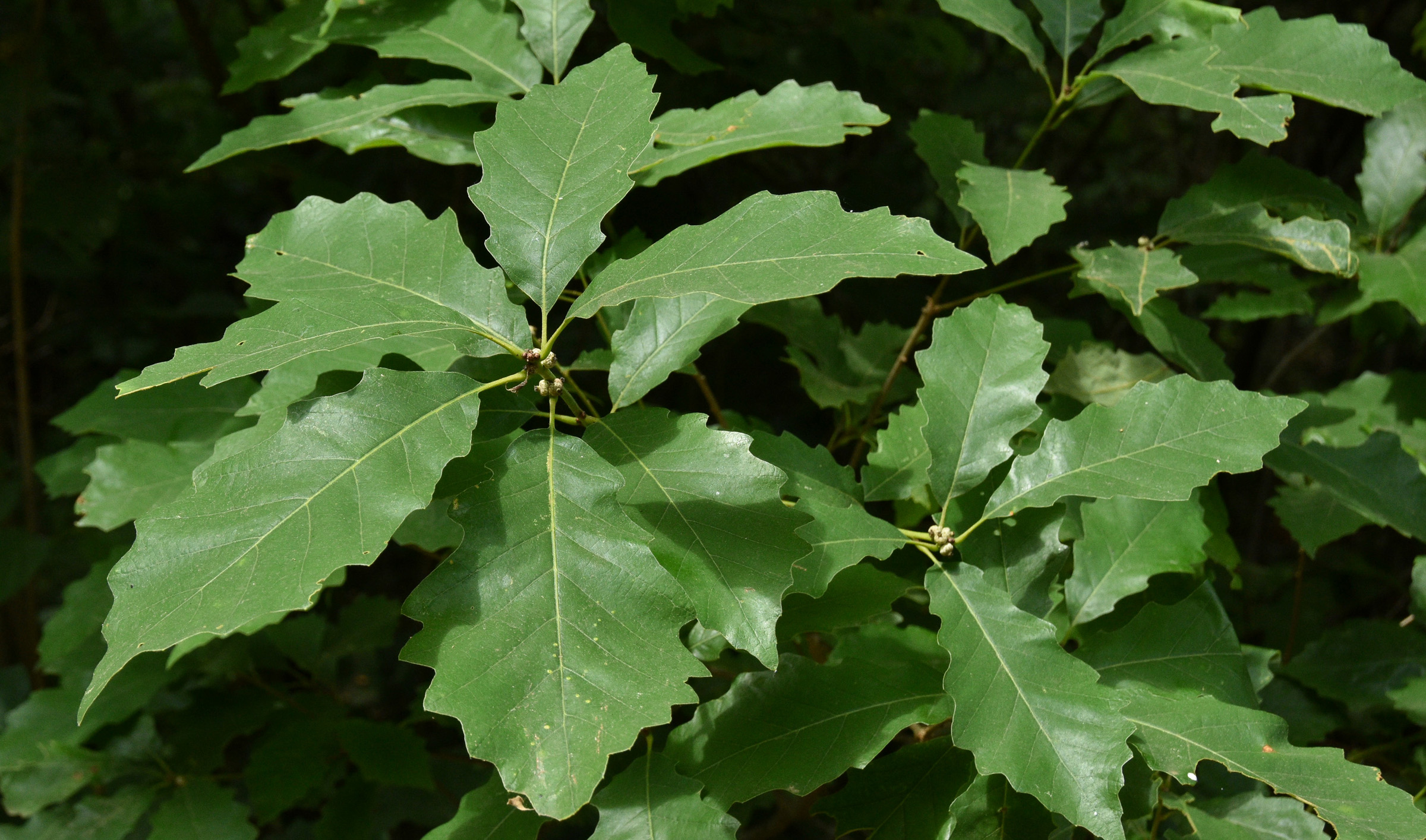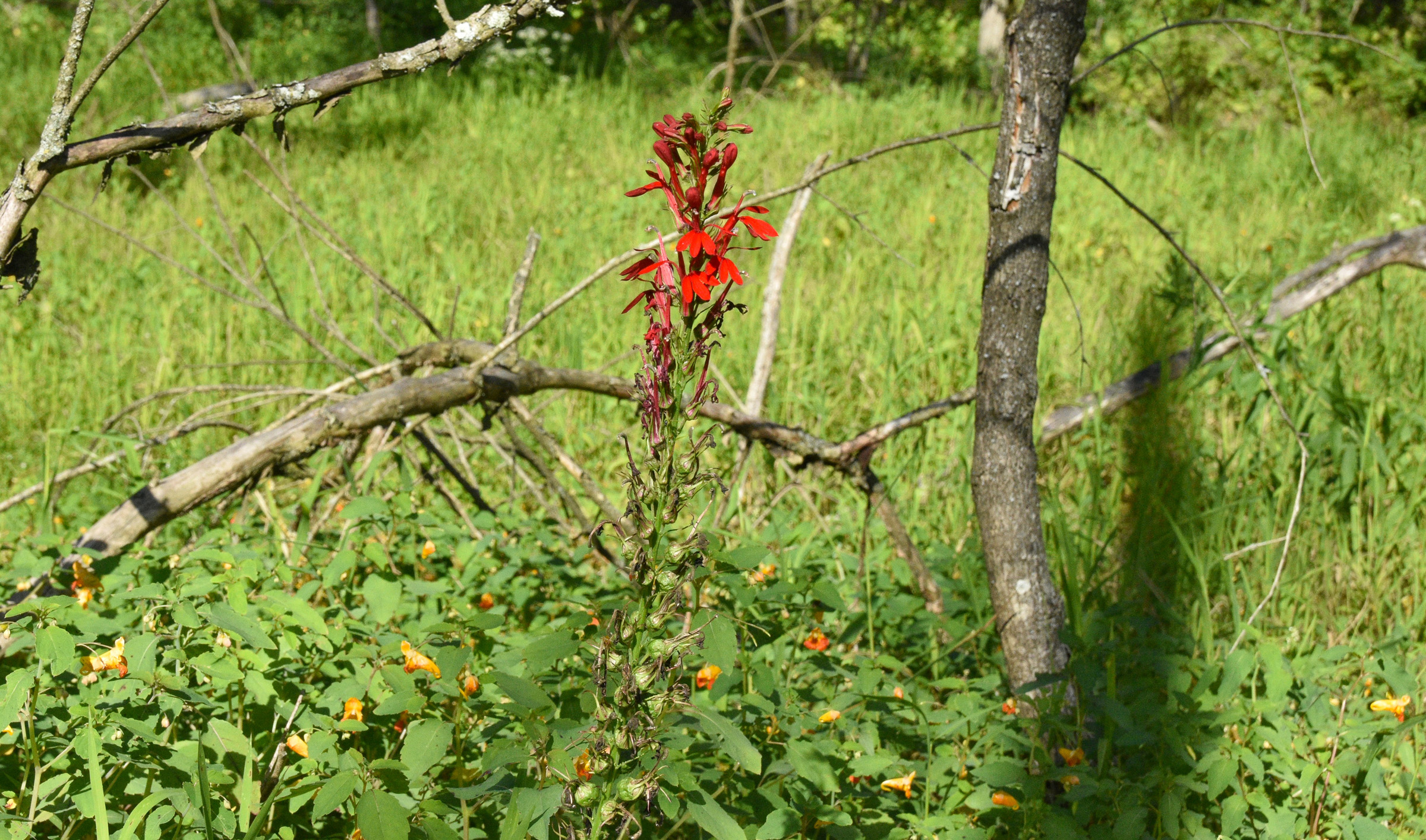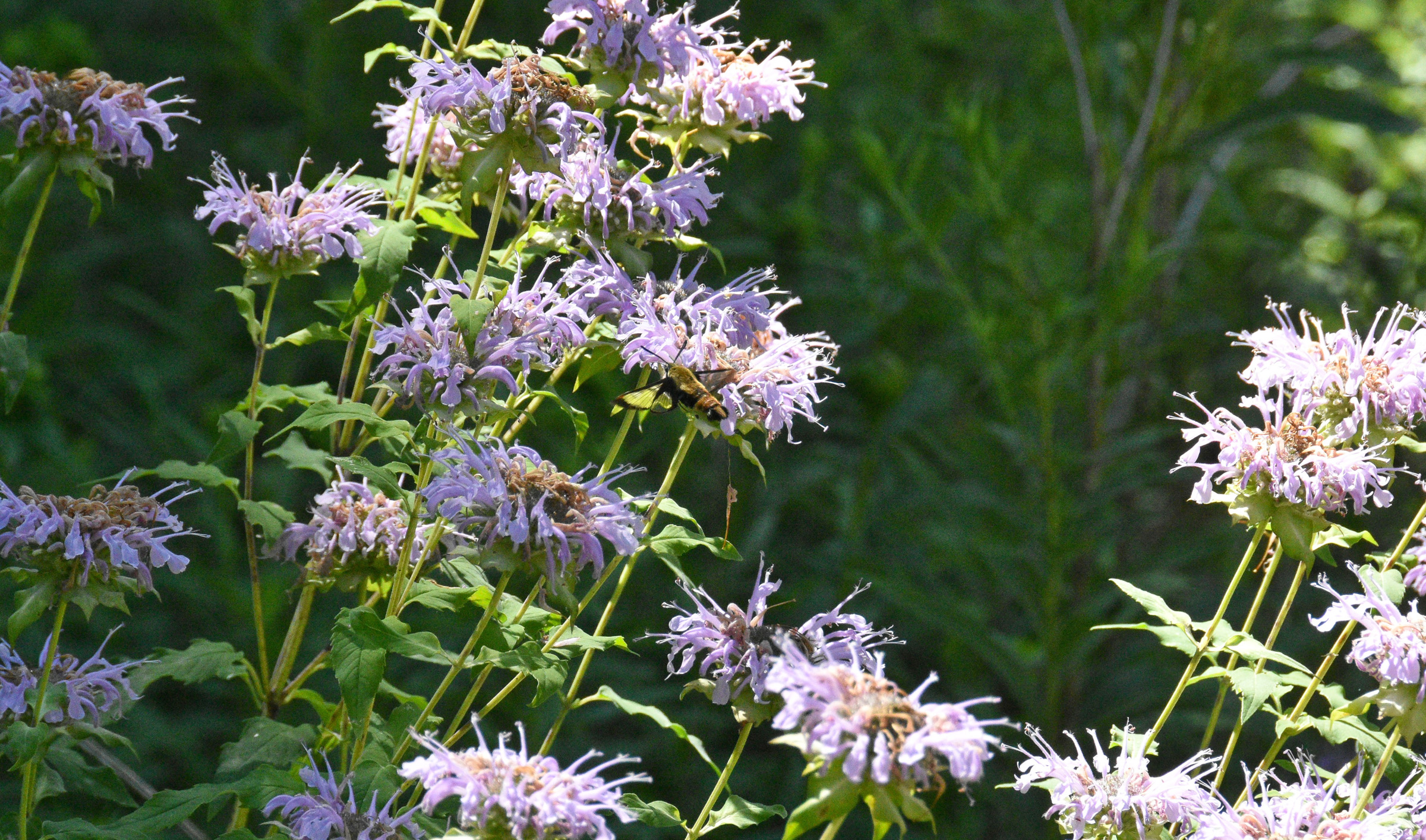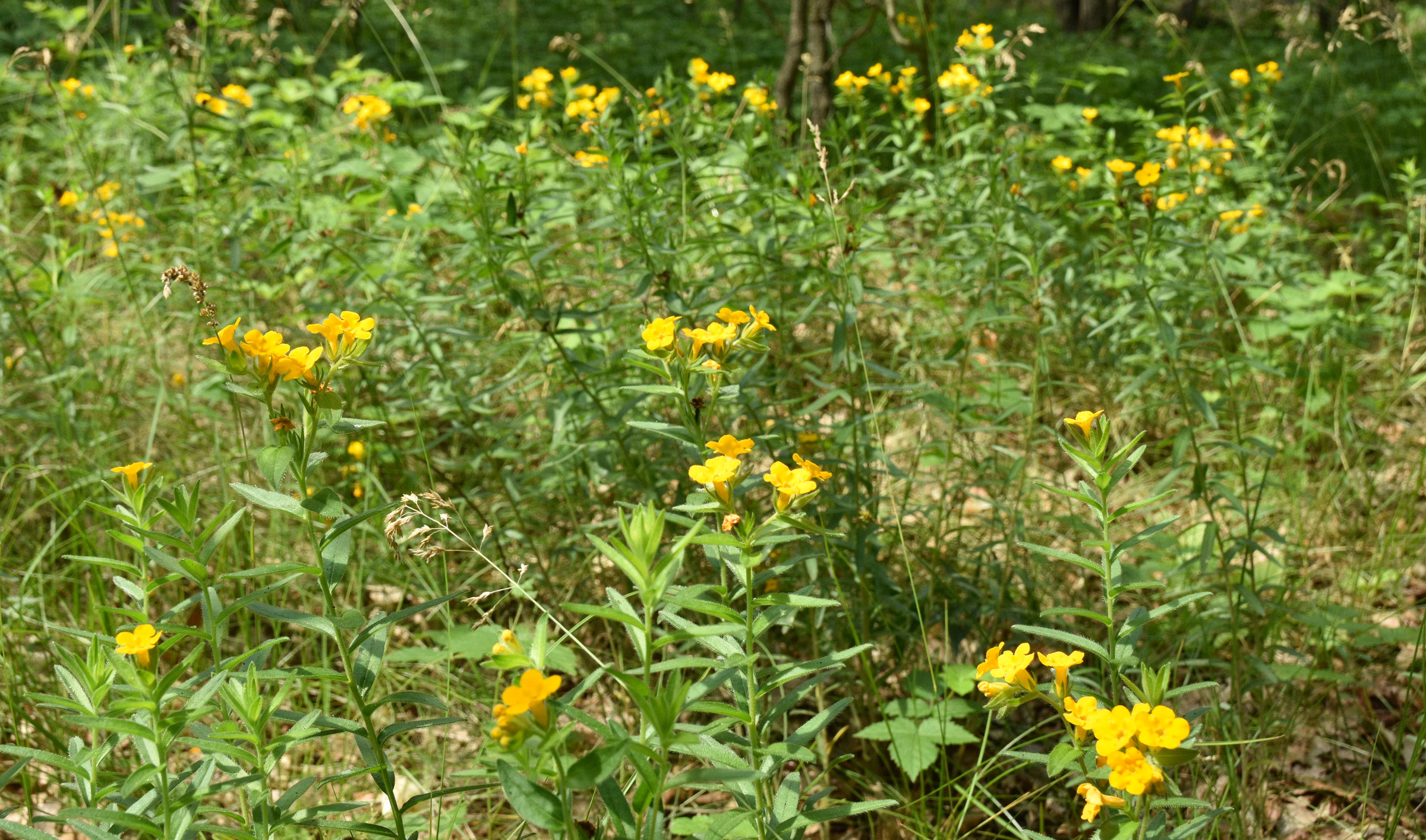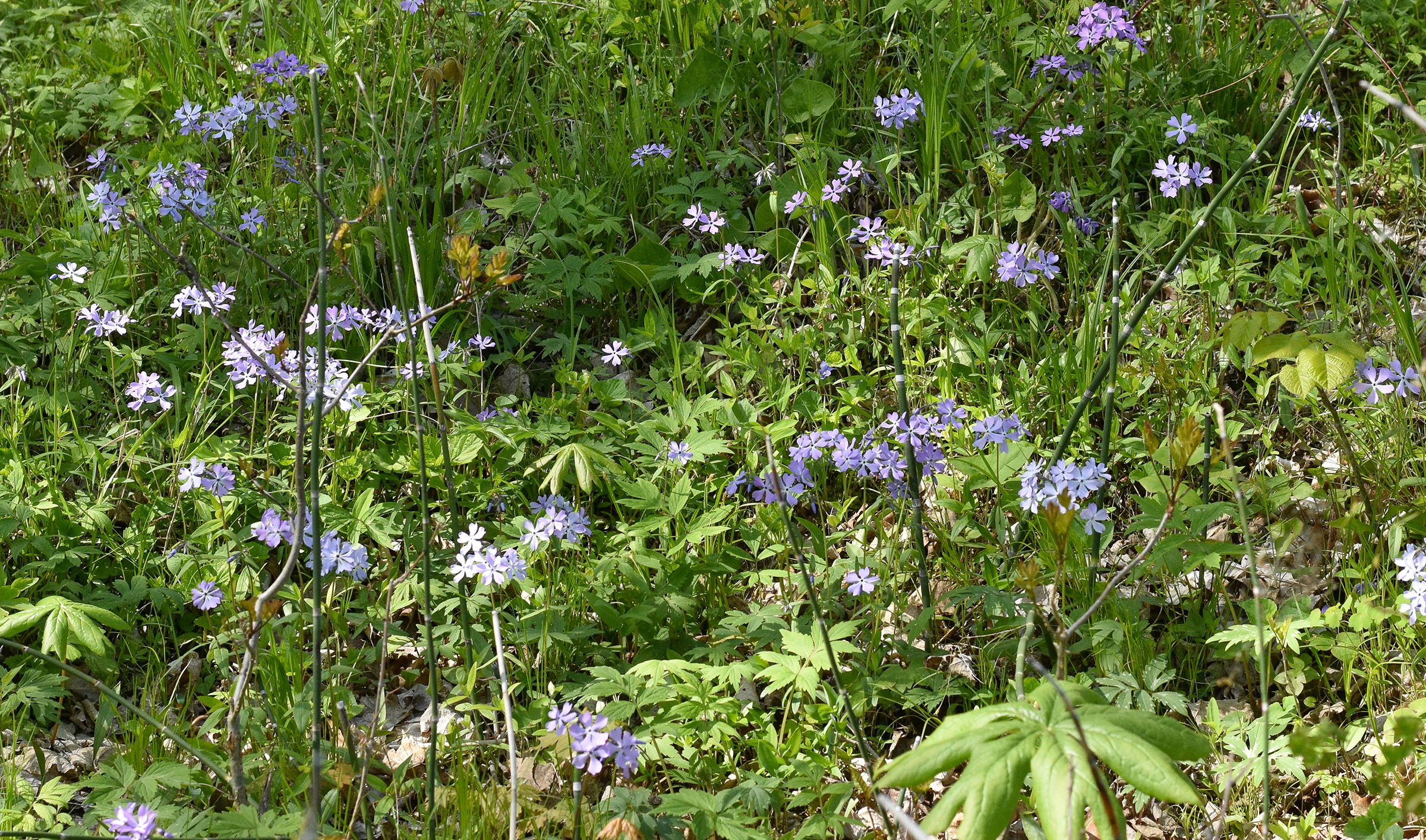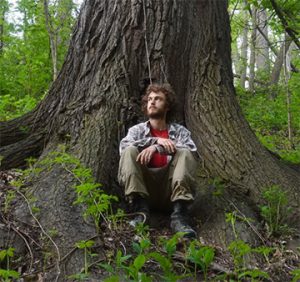Pictured in header image: Stackhouse Forest Sanctuary.
Norfolk County May 2025 – As I watch the tractor rumble back and forth across the sandy field my excitement grows, for we are not planting soybeans or corn today. Instead, acorns of Black, Red and White Oaks are fed through a modified dispenser that buries them into the ground, the promise of a young woodland will soon germinate under the early summer sun. Along with the oaks, seeds of American Hazel, plum, hickory, and dozens of other native trees, shrubs, wildflowers and grasses are carefully spread across the Long Point Basin Land Trust’s (LPBLT’s) Alton Family Nature Reserve. After decades in cultivation, this field has officially retired, and the process of seed based ecological restoration and succession has begun.
In Norfolk County, Southern Ontario’s astonishing biodiversity reaches its peak. Not just diversity of species and ecosystems, but also diversity of conservation stakeholders and people who love all aspects of nature. This landscape attracts naturalists from far and wide, who come to enjoy the great diversity of habitats, many of which are rare and endangered in Canada, and the wildlife who call them home.
Pictured left to right: Silky Dogwood (Cornus obliqua), Dwarf Chinkapin Oak (Quercus prinoides), Cardinal Flower (Lobelia cardinalis).
A legendary destination for birding, botanizing, and walking through some of the last high quality Carolinian forest stands left in Ontario, it’s easy to see why locals and visitors alike love the nature of Norfolk County so much. Remnant natural areas provide us with a reference of what to restore for, and act as anchors on the landscape in the land trust’s efforts to acquire key properties to restore ecological integrity and connectivity on the landscape, so that species at risk can find their way home to each other, recover and repopulate, to fulfill the promise of their existence for years to come. Norfolk County is home to numerous such remnants, areas that have never been catastrophically impacted by human activities, and retain to varying degrees their original flora, with conservative species supporting rare specialist insects and other wildlife.
Working in the field this summer for LPBLT, I found myself immersed in a world of rare beauty, encountering hundreds of incredible species of plants and animals on the Land Trust’s nature reserves and in neighboring protected areas. Sometimes I was by myself, but often I was side by side with the incredible cast of dedicated volunteers who lovingly manage the land trust’s properties for native biodiversity to thrive. Beneath towering Tulip, oak and White Pine trees, and among swaying bulrushes and wild rice of Long Point’s vast marshes, a subtle and spectacular world of tiny creatures and plants exist, much as they have for thousands of years.
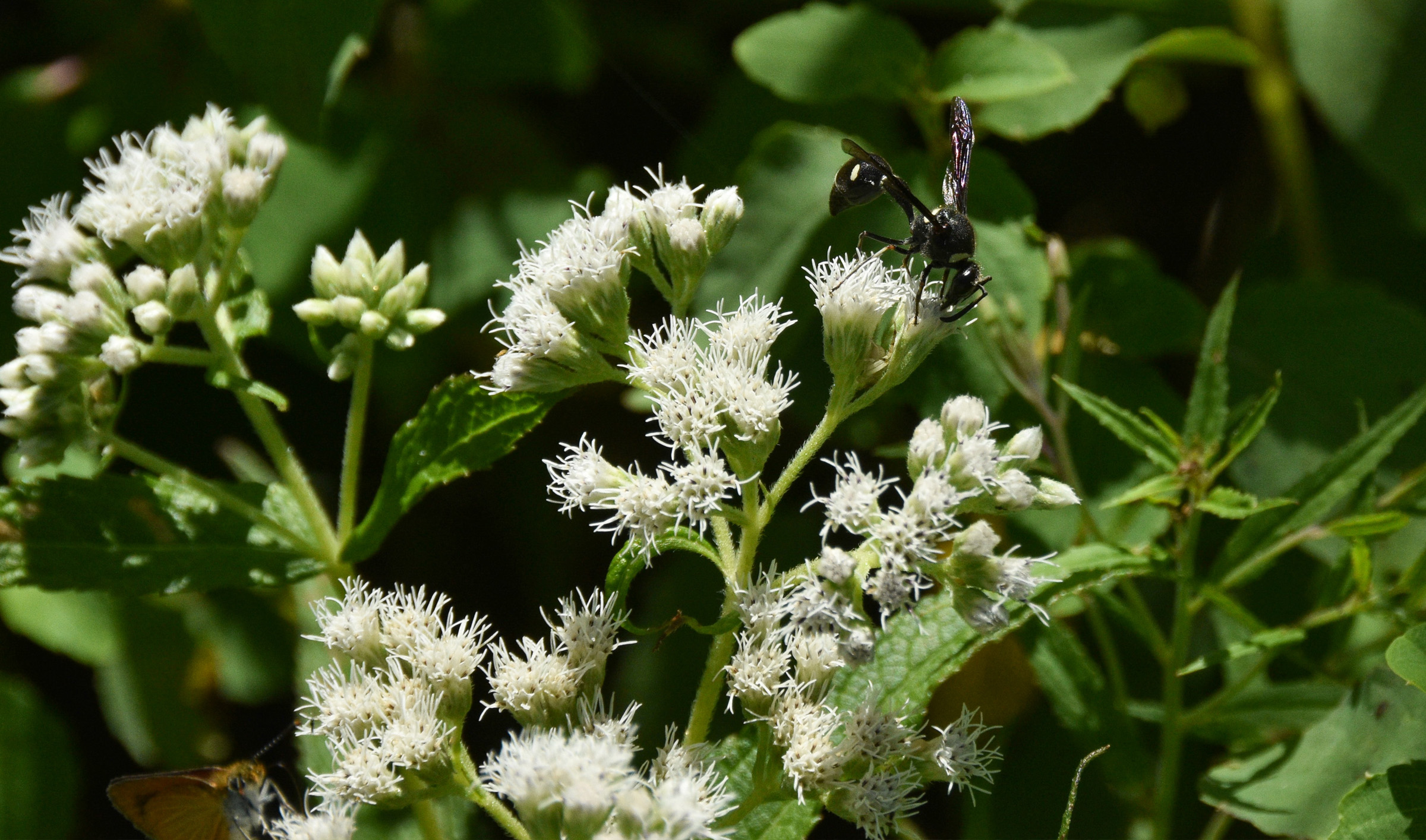
Pictured: Fraternal Potter Wasp (Eumenes fraternus) on Boneset (Eupatorium perfoliatum).
In a world of big picture problems, life often feels like it flies by with little time to slow down and take a breath. Taking the time to look deeply at the little things such as bees, mosses, sedges, mushrooms, moths and butterflies, can feel like a spa day for the soul. So the following are some of the highlights from a summer spent revisiting the same sites, over and over, each time discovering something different than the last. I hope that these images inspire you, so that the next time you visit one of the Land Trust’s hiking trails, or attend an Explore the Outdoors event, you feel a refreshed sense of wonder by enjoying the little things that make our world so magical and rich.
Dedrick Creek winds lazily through LPBLT’s Stackhouse Sanctuary Forest Reserve before crossing into St. William’s Conservation Reserve, and eventually making its way into the shady hemlock and maple groves of Nature Conservancy of Canada’s Backus Woods. The floodplain here is studded with snags (standing dead trees) which at first glance can give this section of creek a haunting appearance, but there is much more to these dead trees than meets the eye. So what happened to cause the majority of the trees here across multiple species to die off? The answer is nature’s ultimate engineer, the Beaver. Beaver dam waterways to raise water levels, creating ponds that suit their habitat requirements. In doing so they kick off a multi-year successional process that contributes massively to biodiversity in every stage. The ponds support spawning fish, benthic macro-invertebrates like mayflies and dragonflies, salamanders and more, they filter and retain water on the landscape, mitigating effects of drought and providing refuge for wildlife.
Pictured left to right: Wild Bergamot (Monarda fistulosa), Hairy Puccoon (Lithospermum caroliniense), Blue Phlox (Phlox divaricata).
Eventually the Beaver who maintained the dam moves on, over time the dam breaches and drains the pond revealing the meandering creek once more, the trees, having been inundated with water for too long have mostly died. As sunlight hits the ground, a diverse wildflower and sedge meadow is established. Joe Pye Weed, Boneset, goldenrods, Jewelweed and Canada Mint abound, with Swamp Milkweed, Cardinal Flower, Blue Vervain and Blue Lobelia scattered throughout. This becomes a paradise for pollinators like Monarch and swallowtail butterflies, many species of bees and wasps, as well as hummingbirds, who all feed on the abundant nectar producing forbs in late summer.
LPBLT works year-round to protect high value intact ecosystems like this, increasing the connectivity between remnants by practicing seed-based ecological restoration in former agricultural fields in Norfolk. Those fields are surrounded by diverse deciduous forests and steep hemlock ravines, containing characteristically southern species like Cucumber Magnolia, Flowering Dogwood and Tulip tree, the latter adorns LPBLT’s logo being a beloved species of Canada’s Carolinian forest region. The best sites in Norfolk County were never fully cleared or overgrazed to the point of losing their diverse ground cover communities. In some cases, prairie and savanna species have persisted on roadsides, in power cuts or in small canopy gaps in oak woodlands and savannas that have converted to forests.
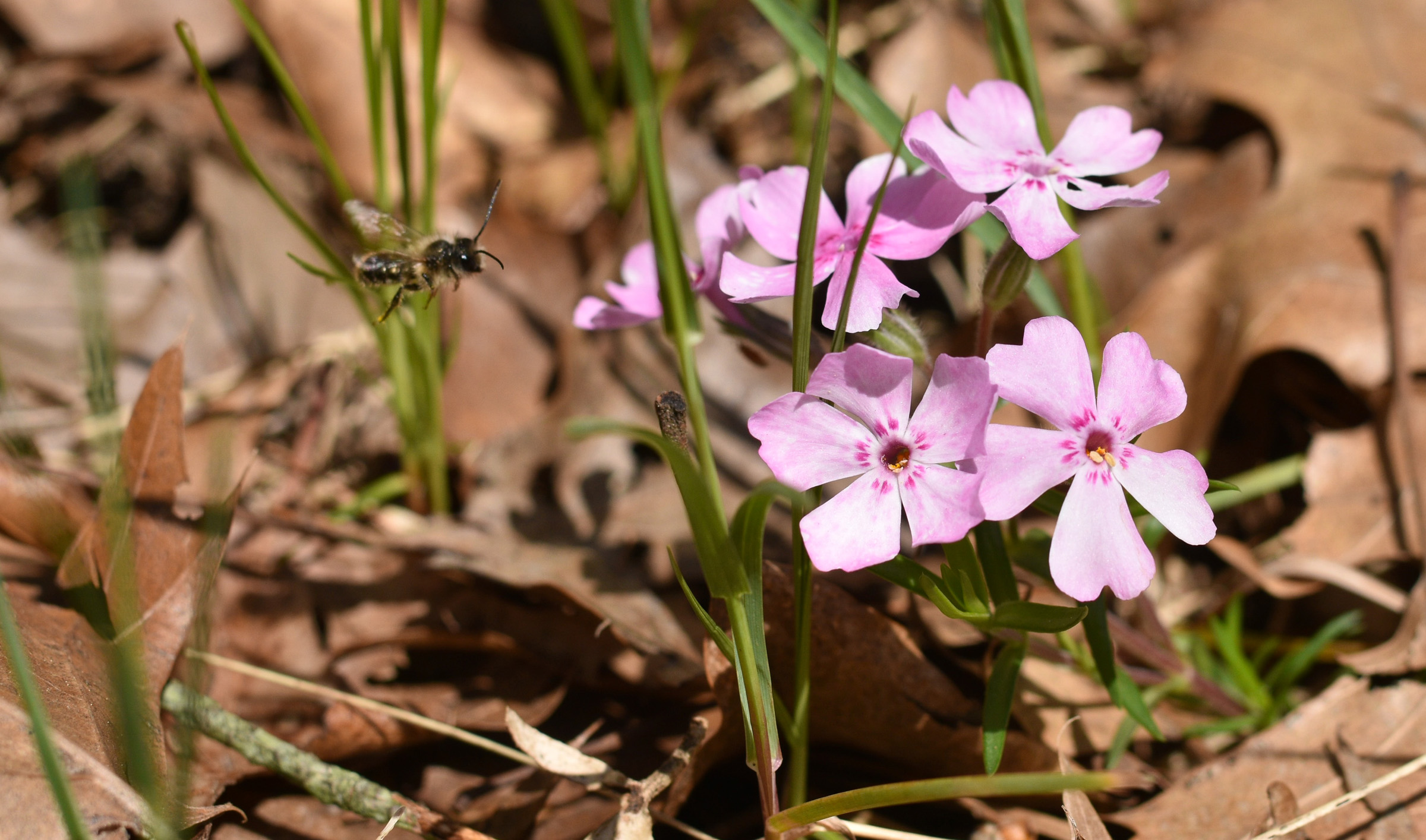
Pictured: Unequal cellophane bee (Colletes inaequalis) visiting Moss Phlox (Phlox subulata).
When old fields are restored into meadows, savannas, prairies and sand barrens, those species whose occurrences have been reduced by years of human impacts and land use changes may have a chance to thrive again in the restoration sites. Many of the uncommon and rare native insects found in Norfolk County are very movement–restricted, living in small remnants and unable to move across large human influenced landscapes to expand their range and repopulate. This is part of why creating contiguous corridors of habitat where wildlife can safely live with abundant food sources and their host plants is such a priority for LPBLT and their conservation partners like NCC. Properties like Spring Arbour Farm, Shirley and George Pond, and Trout Creek Nature Reserves all feature trails that wind through diverse Carolinian forests, meadows, shrub thickets and savannas brimming with bird, insect and plant diversity. These protected lands all make Norfolk County a premier destination for everyone who loves nature to come and explore a truly wild landscape in Canada’s deep south. While I may have left Norfolk for the season, my heart is still there among the wildflowers, sand roads and quiet ravines. I hope you get to visit an LPBLT property and experience an Explore the Outdoors event soon too!
—
Written by / photos by: Soda Liptrott – Summer 2025 Stewardship Technician with LPBLT, and current ecosystem management student at Fleming College in Lindsay, Ontario.

